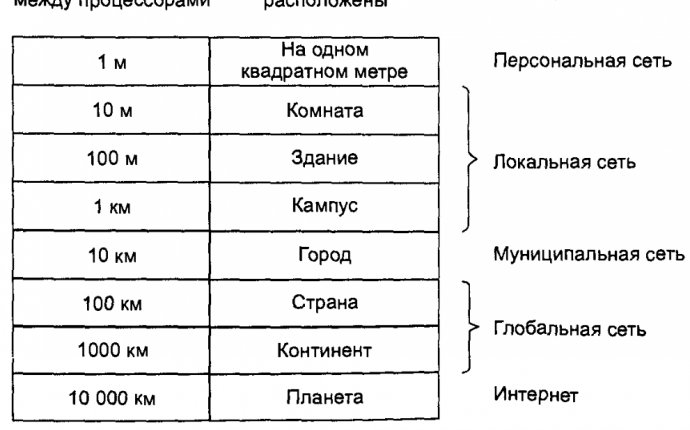
Regional Computer Networks
The technologies for building regional computer networks are Botical Technology.
The Botic Technology is being developed by the Botic Telecommunications Laboratory, a joint laboratory of the Institute of Programme Systems of the Russian Academy of Sciences and the Russian Institute for Regional Studies and Research of the Federal Agency for Education of the Russian Federation. The laboratory is part of the Multiprocessor System Research Centre in the SAR.
Biotechnology is a technology for the development of small-scale regional computer telecommunications networks covering the software, hardware and organizational side of the telecommunications system, including the performance of such functions and subsystems as standard telecommunications services, monitoring, administration, billing system, specialized geographic information system (GIS), IP telephony, etc. R
The regional network software (RP) that supports the regional network allows for a wide scale, is stable and flexible, capable of adjusting the network configuration and the budget policy of the communications operator. The developed software provides a low level of cost, both at the regional network stage and during its operation phase, through the extensive use of free (Open Source) software, by automating the management of the network and transferring part of the management of communications operator personnel to the customers themselves. This reduces the need for highly qualified staff to service the network.
The proposed integrated technical solutions for the construction of cost-effective urban and rural telecommunications systems have been long (some of which have been over 10 years) operating in the telecommunications system of the Perslav region (ST Botic), which has shown their high reliability, excellent technical characteristics at exceptionally low cost. At present, ST Botic provides high-speed high-speed connections to the Network of Enterprises, Institutions and Cities (100 Mbit/s on tracks, 10-100 Mbit/s on subscribers). At the beginning of 2008, there are about 5,000 connections of computers (organizations and individuals) in the city network serving the town of Pereslav-Zales, with a population of 45,000. The area covered by the system is about 100 km2.
Technology platform for sensor networking
The sensor network consists of space-distributed autonomous devices (sensors) connected to sensor nodes containing interfaces to connect to the data transmission network. ♪ ♪









